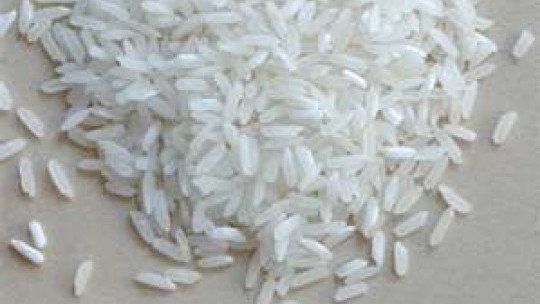Health researchers say they’ve found a link between consumption of white rice and type 2 diabetes.
Qi Sun of the Harvard School of Public Health told AFP that the link emerged from an analysis of four previously published studies, carried out in China, Japan, Australia and the United States.
These studies followed 350,000 people for 4 to 22 years. During that time more than 13,000 people developed Type 2 diabetes.
Participants in the two Asian countries ate three or four servings of rice a day on average, compared to just one or two servings a week in the Western countries.
In the studies carried out in China and Japan, those who ate most rice were 55 percent likelier to develop the disease. In the United States and Australia, where consumption of rice is far lower, the difference was 12 percent.
White rice is the dominant form of rice eaten in the world. Machines produce its polished look by hulling and milling, leaving a grain that is predominantly starch.
Brown rice, by contrast, has more fibre, magnesium and vitamins, and a lower "glycaemic index," a measurement of sugar content, than white rice.
Diet is only one factor in Type 2 diabetes, a complex disease that involves high levels of blood sugar that cannot be processed by the hormone insulin. Obesity and lack of exercise are also cited as culprits.
The researchers also cautioned that further work is needed to investigate the association and underscored the fact that attention should also be paid to reducing diets high in sugar and fats.
data from the US Centers for Disease Control and Prevention (CDC) points to the fcat that diabetes affects nearly 350 million adults worldwide,


.jpg)







 All feeds
All feeds







